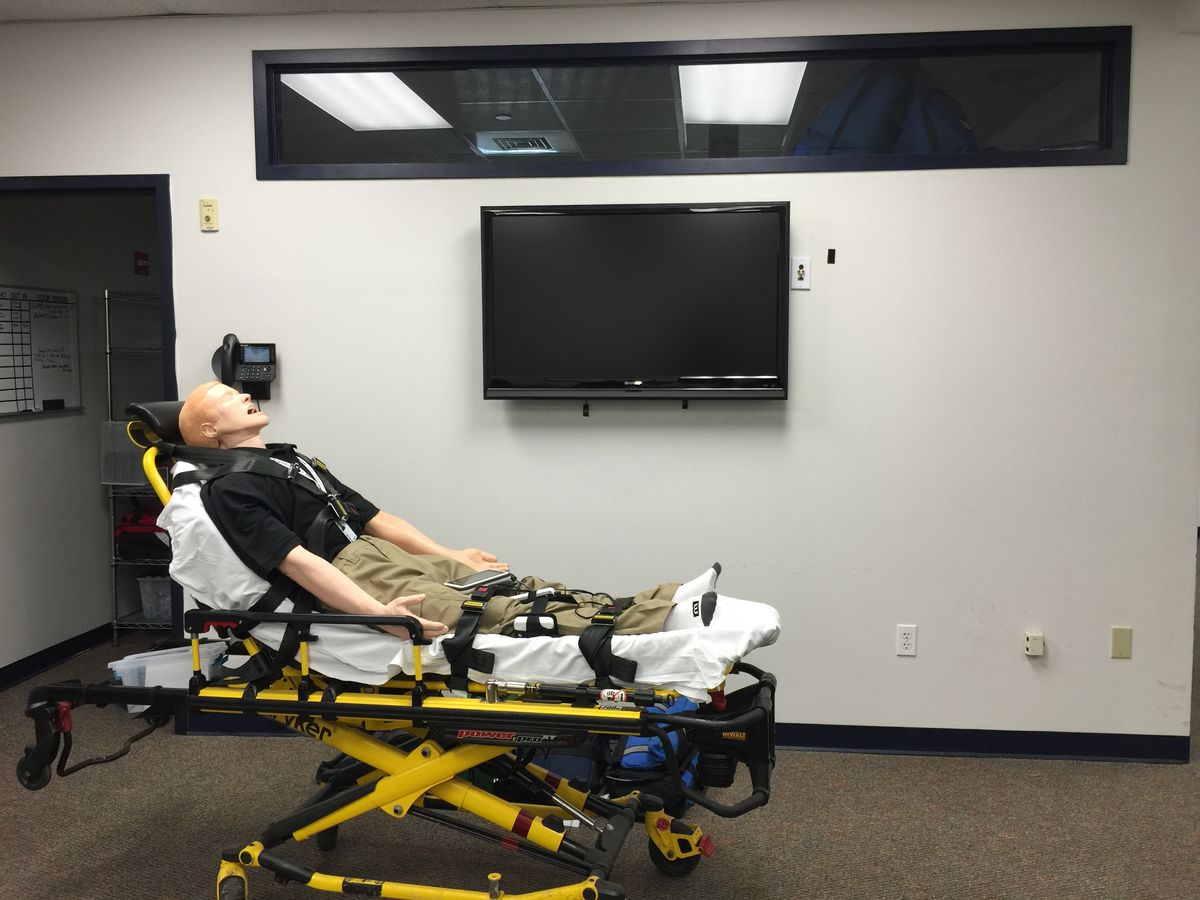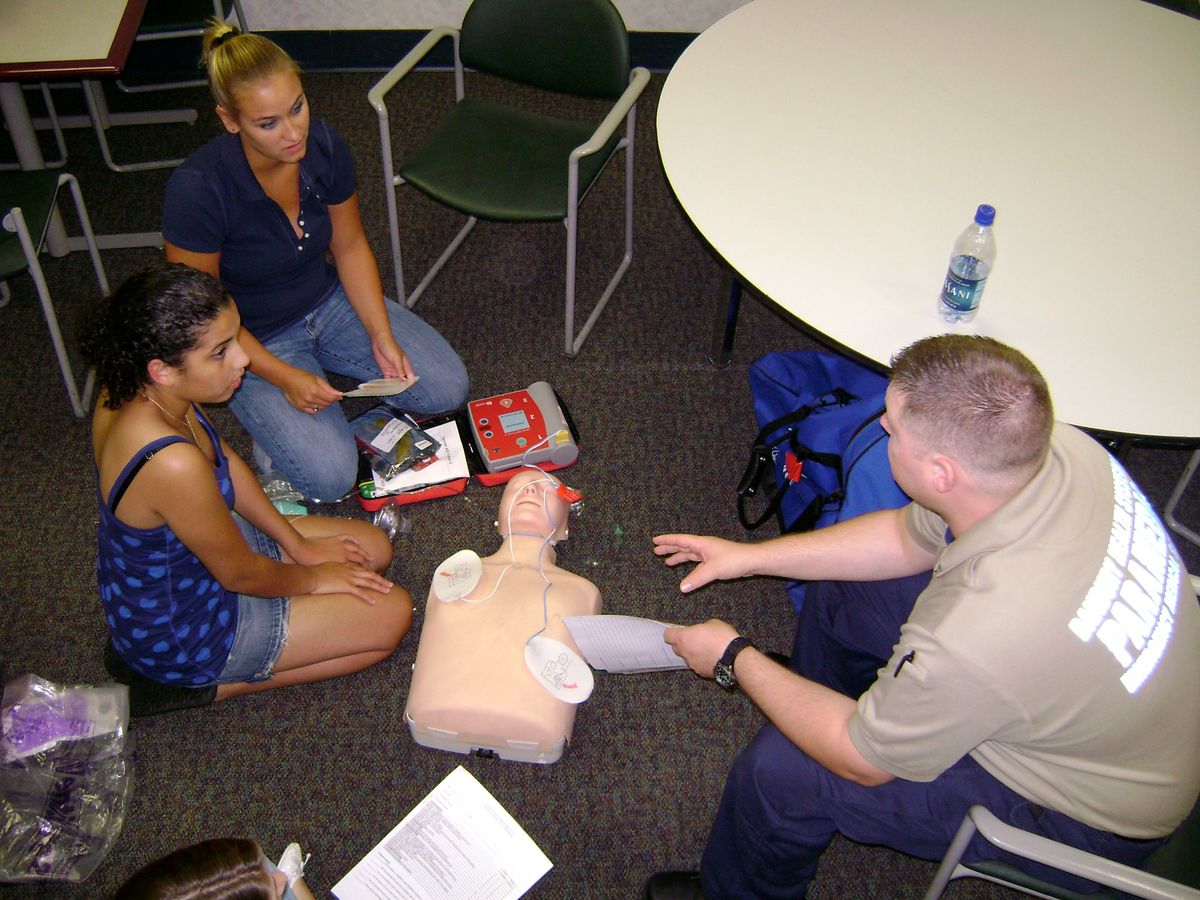Lifelong learning for EMS providers represents the promise of self-sought continuous professional development and the excitement of a profession that is making significant advances to improve patients’ lives. Lifelong learning isn’t just good for patients, it is good for caregivers. Unfortunately, while virtually every caregiver has heard the term, not every caregiver has developed the skills.
The first thing an EMS educator must do to help develop lifelong learners is to give them the resources so they can be lifelong learners. Rather than a system of basic refresher classes or continuing education lectures that change little from year-to-year, EMS providers should have the option of shorter, more accessible education programs be delivered at more frequent intervals, always with the clear goal of improving patient outcomes.
To this end, the American Heart Association has moved away from making big changes to their core programs every five years to a process of continuous ACLS, BLS and PALS updates focusing on interventions that will significantly improve patient outcomes. Likewise, the NREMT has recently revised the National Continued Competency Program to recognize a wide variety of education and professional development delivery methods.
10 steps to compelling EMS education
The bottom line is EMS providers need to move from passive recipients of compulsory education to active, self-directed consumers of compelling continuous education. Here are 10 steps educators can take to help make this happen:
1. Select alternatives
Evaluate the resources and restrictions you have today and consider what alternative education content and delivery methods you can use. Avoid the traditional sit-down, passive lecture. Make the education easily accessible. Use sessions that are short and highly focused. Determine what your state and local agencies require for ongoing education as well as what they might allow for education delivery methods, including online training. Check to see if your state, region or local agencies have access to alternative education resources that may be useful to your programs.
2. Consider providers’ preferred learning styles
The idea is not just to get providers excited about education, but to help them provide better care. Using their preferred learning style will help them better connect with the content and use it to improve care. Visual, aural, read/write, kinesthetic learning style preferences can be assessed for both educators and learners for free.
3. Promote confidential self-assessments
To become a lifelong learner, providers must know where to focus their efforts. Confidential self-assessments can help providers identify opportunities for improvement without making them feel that education is a punishment, or worse, that their job is being threatened, thus greatly increasing participation and data collection. Such assessments work like any other paper or online exams except that the grades are either visible only to the test-taker or are submitted anonymously. In this way, learners can recommend topics based on their own needs evaluation, or an education needs assessment can be assembled from the anonymous data.
4. Get real
Use real world calls and case studies to illustrate teaching points as well as the learning opportunities that appear with every call. Keep in mind that you must always be sensitive to patient and provider privacy. While it can be fine to recognize a job well done, don’t use education to call someone out for dropping the ball. Instead, use anonymized calls and case studies to let providers identify opportunities for improvement and to recognize the improvements to patient care through continuous learning.
5. Make it easy to ask questions
Create opportunities for providers to easily ask questions and receive non-punitive feedback. It may be slow at first, but when providers feel comfortable that their questions will receive high-quality, non-judgmental answers, it can lead to improvements in morale as well as education.
Be sure to make feedback available where and when your learners will be thinking of questions, such as when they are checking gear or writing reports after calls. Incorporate a question and answer section into your existing agency communications through an email thread, Facebook group post, newsletter or computer messaging. Slack is a team communication tool which can have a channel dedicated to questions and answers.
6. Close the loop
Follow up with EMS providers about what happened when they applied their learning. EMS providers want to know that what they are doing makes a difference. Be sure to follow up on the training topics you have introduced to track improvements and achievement of educational goals. As you deliver future education, make it clear to providers the difference that they are making as they apply this knowledge in the real world.
7. Encourage peer education
No EMS educator knows everything, but every provider is a subject matter expert in something. Encourage providers to recommend topics or even deliver education themselves. When providers realize how much they can learn from each other and are provided a system to facilitate this, learning becomes continuous instead of an event that must be scheduled and waited for. This may be incorporated with the agency communications for questions and answers or through a peer education or training tips section in the internal newsletter.
8. Make real practice a part of every education session
Not everyone can afford a high-fidelity simulation lab, but any education session should be able to include at least partial practice of the tools and techniques discussed. Educating people on a new tool? Have one there for people to try. Walk through a case where they might decide to use it. In this way, provider feedback can encourage improvements to the EMS system as well as encourage lifelong learning.

Lifelong learning means not just talking, but going through low- and high-fidelity simulation. (Photo/Rom Duckworth)
9. Recognize self-directed learning
A simple example may be to give education credit to a provider who watches a video or reads an article and then takes a quiz. An educator may also encourage a lifelong learner by recognizing the value of a provider who performs research on the topic or reflects on a call or case study and explains what they have learned including how they would use that knowledge to improve patient outcomes.
10. Show providers how to look for every education opportunity
Debriefing methods such as “gather, analyze, synthesize” that are the educational heart of health care simulations can also work for real calls and incidents. It may not be appropriate to review calls with significant emotional impact, such as the death of a child.

Promote lifelong learning by teaching others. (Photo/Rom Duckworth)
However, giving providers the time, resources and structure to use their own calls as educational opportunities can help change someone from a provider to whom education must be delivered to a health care practitioner that sees education as something that must be grasped. This helps incorporate all parts of experiential learning, making the experience more meaningful to the learner and encouraging both application of the what was learned as well as pursuit of more learning in the future.
Lifelong learners see education as an opportunity, not a chore. EMS providers who are encouraged to be lifelong learners and given the right resources can enjoy greater career satisfaction and longevity.
What are your ideas and methods to help any EMS provider move from education recipient to lifelong learner and continuously improving caregiver?













